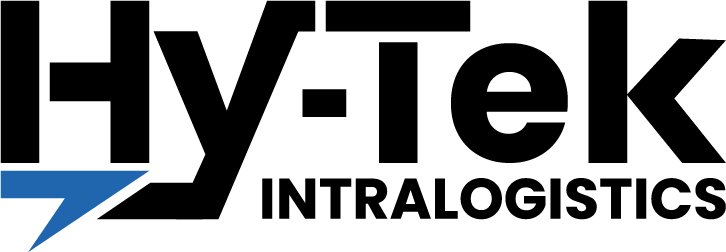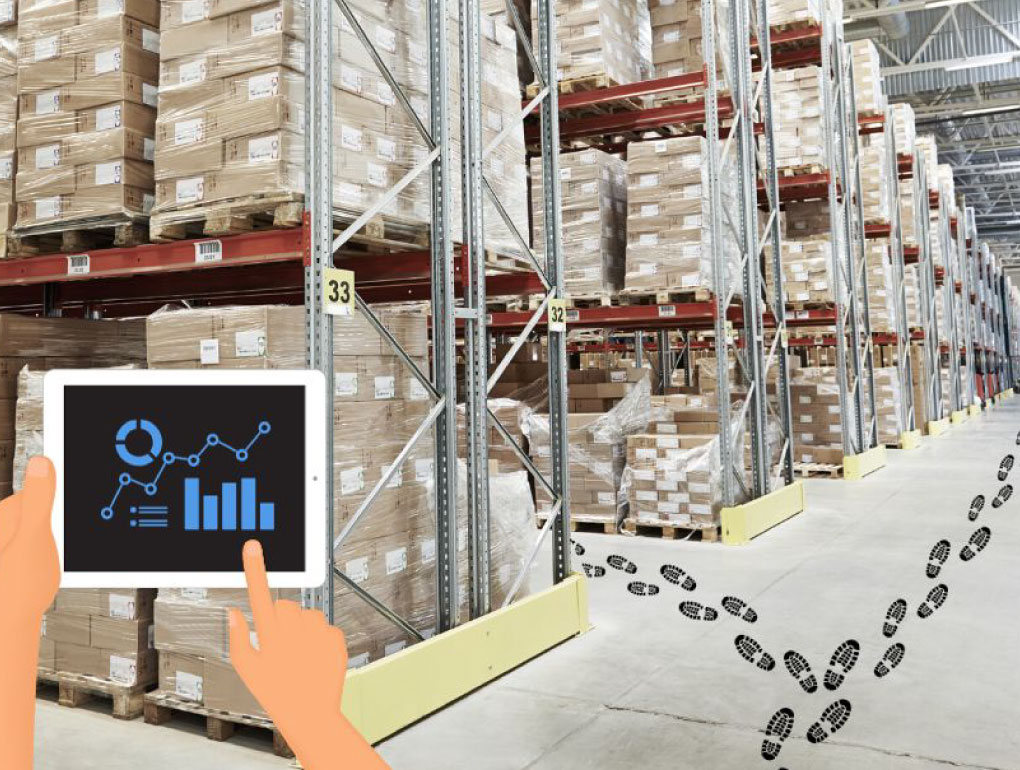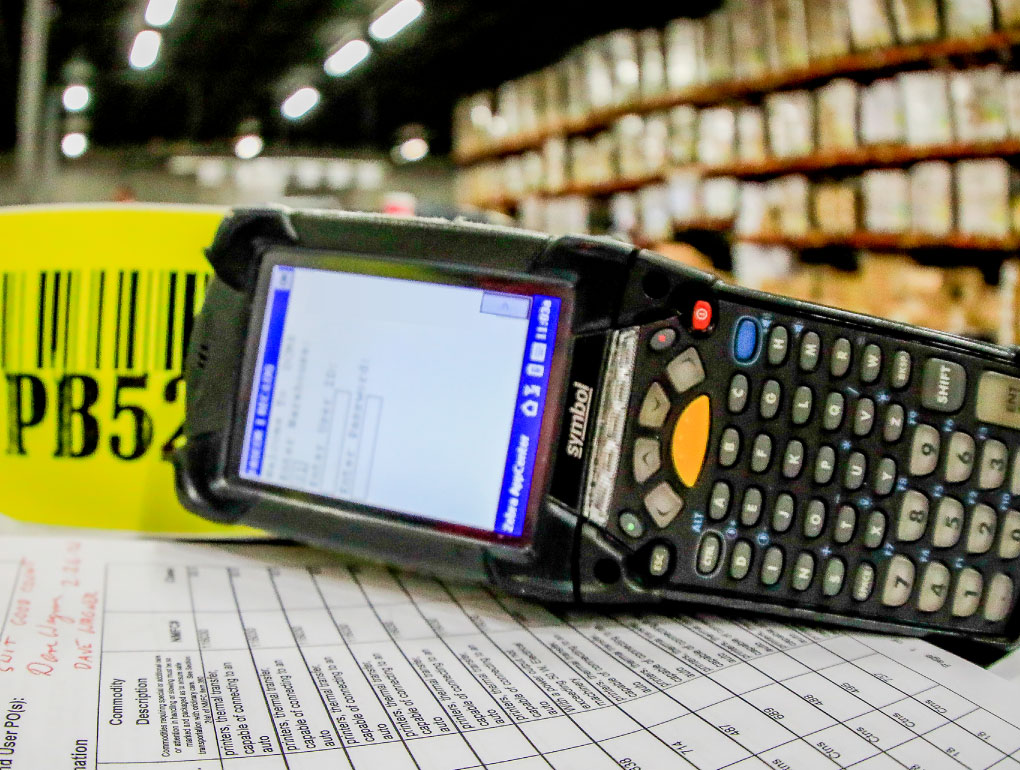Recently on The Automation Insider, host Joe McGrath welcomes Naomi Marti, Sr. Channel Director for IntraOne at Hy-Tek Intralogistics, to discuss how integrating Warehouse Software (such as WES) plays a critical role in tying together the modern warehouse. From automating manual steps to unlocking real-time visibility, Naomi explains why IntraOne is more than just software. It is the operational glue that keeps automation working at its best.
Solving the Disconnection Problem
Warehouses today rely on a mix of enterprise systems, like ERP and WMS, automation equipment, and manual processes. But when those systems do not speak to each other, efficiency suffers. Naomi points out that WES fills that gap by coordinating equipment, optimizing workflows, and giving operators the real-time data they need to make informed decisions.
IntraOne helps eliminate guesswork on the floor. Whether it is routing totes to the right zone or monitoring a robotic fleet, the system gives clear, actionable visibility without waiting for an end-of-day report.
Integrating Warehouse Software Without Disrupting: Enhancing What You Already Have
Integrating warehouse software systems into an existing environment doesn’t mean starting from scratch. It’s about enhancing what’s already in place. Naomi emphasizes that thoughtful WES implementation should complement core systems like ERP and WMS, not compete with them. The goal is to bridge communication gaps, allowing data to flow seamlessly between software layers, equipment, and people. Successful integration often begins with identifying specific friction points, such as bottlenecks in routing or limited visibility into automation. From there, the WES can be layered in where it adds the most value and scale over time without disrupting the underlying infrastructure.
Effective Integration: Unlocking the Full Potential of Integrating Warehouse Software
A successful implementation of integrating warehouse software is about more than just adding another layer to your existing systems. As Joe stated, the key to smooth integration is ensuring that new software enhances, rather than replaces, your existing systems like ERP and WMS. The goal is to bridge gaps, improve communication between systems, and optimize workflows without disrupting core operations.
Joe emphasized that the real value of integration lies in the ability to make real-time decisions. With WES in place, warehouses can act on data as it’s generated, adjusting workflows and routing to prevent bottlenecks and slowdowns. This kind of agility is crucial in maintaining operational efficiency and ensuring that all systems are working in harmony.
Implementation Strategy: Start Small, Think Big
One key takeaway from the conversation is that WES integration does not have to be an all-or-nothing approach. Naomi describes how many organizations begin with a targeted use case, such as coordinating a new automated put-wall or resolving a manual picking inefficiency, and then gradually expand the software’s role as confidence grows.
Starting with a narrow scope allows teams to validate the technology, adjust based on real-world feedback, and build internal champions along the way. Over time, that limited deployment can evolve into a central orchestration layer managing operations across an entire network of facilities.
This phased approach is especially effective for companies that want to future-proof their operations without taking on a massive IT overhaul all at once.
Common Integration Challenges and How to Overcome Them
Integrating warehouse software isn’t without challenges. Naomi highlights several common hurdles teams may face, including:
- Data silos: Legacy systems often trap valuable data in disconnected formats. A modern WES can bridge those silos, but it requires careful data mapping and validation.
- Change management: Even if the software is intuitive, introducing a new system into an established workflow requires training and buy-in from users at every level.
- Competing priorities: IT and operations leaders may have different goals and timelines. Aligning stakeholders early helps ensure the integration supports the broader business strategy.
Overcoming these challenges starts with cross-functional collaboration and a clear definition of success. When software integration is viewed as a tool to empower people and processes, not just as a technical task, it becomes much easier to achieve lasting impact.
More Than Just Visibility, Real-Time Control
It is not enough to know what is happening in your facility; you need the ability to act. That is where IntraOne stands apart. By layering decision-making intelligence on top of your automation, it can rebalance work dynamically, reroute orders in the case of a bottleneck, and manage throughput to prevent system slowdowns.
Naomi compares it to air traffic control. Every system and process in the warehouse may be functioning independently, but IntraOne ensures they are working together, not colliding.
A Solution That Grows with You
One of the most important aspects of IntraOne is its flexibility. Whether you are running a heavily automated DC or just starting to add new technologies, the platform is modular. It can sit lightly on top of existing systems or expand into a full-blown orchestration layer across the network.
Naomi shares how customers often start by solving a very specific problem, like integrating a put-wall or streamlining carton routing, and then scaling up as their needs evolve. Integrating warehouse software into an existing operation isn’t a one-step process. It grows and adapts as your business continues to evolve.
People Still Matter
Even with automation in place, people are still key to warehouse success. That is why Naomi emphasizes the importance of intuitive interfaces and clear system feedback. IntraOne is designed to make it easy for operators, supervisors, and IT teams to interact with the system without needing to decode complicated logic or programming.
The goal is to empower teams, not overwhelm them.
When people can trust the system and understand the decisions it is making, it fosters a more agile, proactive workforce. That alignment between people and technology is what enables long-term operational excellence.
Bottom Line, Integration That Drives Action
As operations leaders look for ways to optimize their facilities, WES is no longer a nice to have. It is a necessity. IntraOne delivers the kind of cross-functional visibility and real-time responsiveness that today’s complex supply chains demand. As Naomi puts it, the system’s power lies in its ability to translate data into action.
Whether you are looking to solve a single workflow challenge or orchestrate a full network, the right strategy when it comes to implementing warehouse software can make the difference between reactive operations and a proactive, scalable future.
🎧 Listen to the full conversation on integrating warehouse software with existing systems with Naomi Marti on The Automation Insider, available now.





